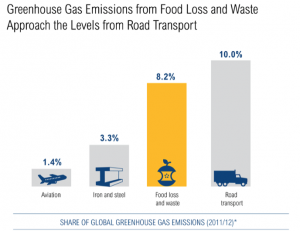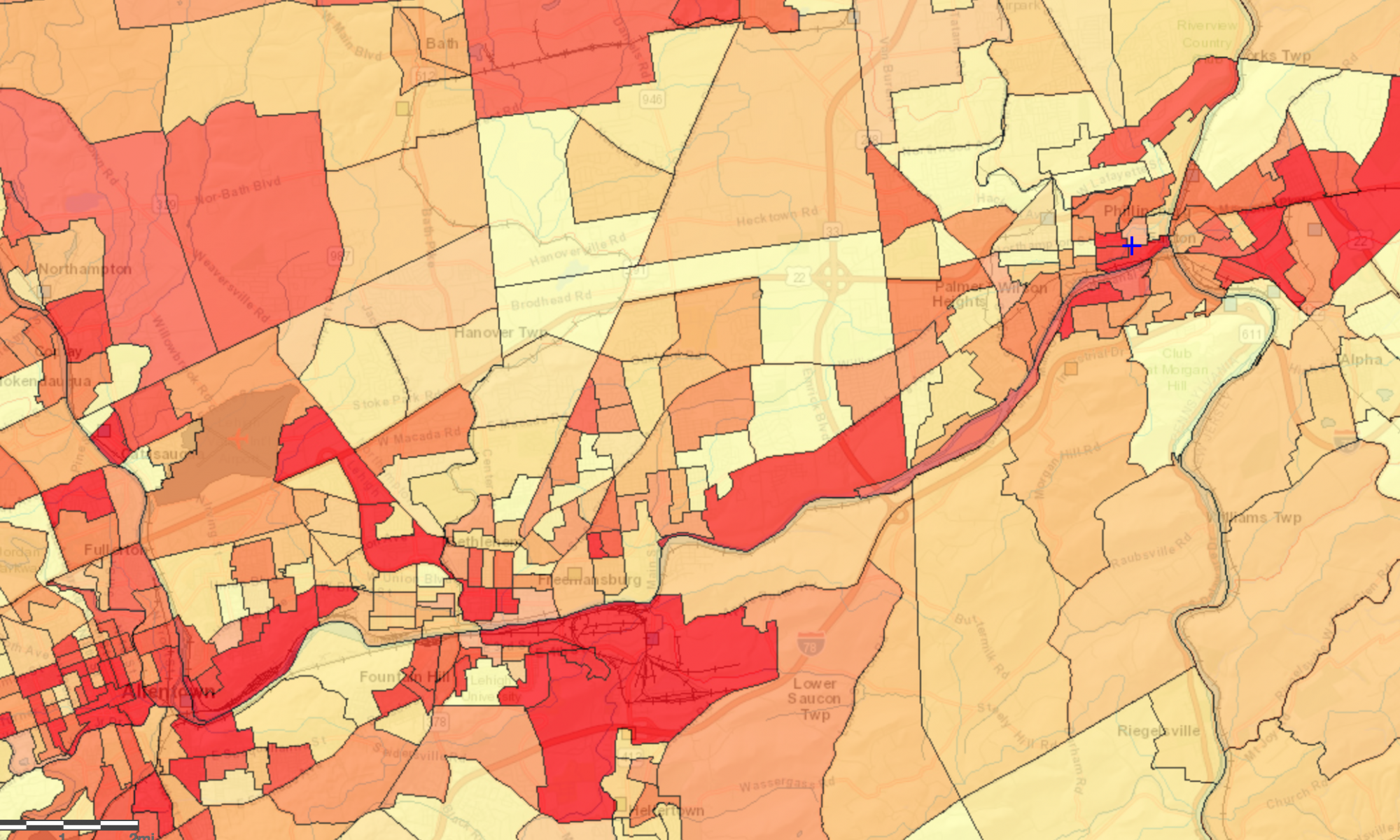Agricultural Consequences
When 40% of the food produced nationwide goes to waste, this means that 40% of agricultural resources were expended for nothing. More food must be produced to account for the food that is wasted, and with the rise of industrial farming, this frequently means more use of harmful fertilizers and pesticides, water usage, habitat loss, soil-degrading monoculture, cruel animal treatment, improper waste disposal, and excessive oil consumption, just to name a few.
Greenhouse gas emissions:
When food waste is broken down in landfills, it releases methane, a greenhouse gas that has a warming potential 25 times greater than that of carbon dioxide (Tatu, 2017). Food waste accounts for over 7% of the total global greenhouse gas emissions, landing it a spot as one of the primary contributors to climate change (Nixon, 2015). Thus, it contributes to all of the side effects of climate change, including flooding, drought, severe natural disasters, and more.

(3 Surprising Statistics About the Environmental Impact of Food Waste, 2016)
